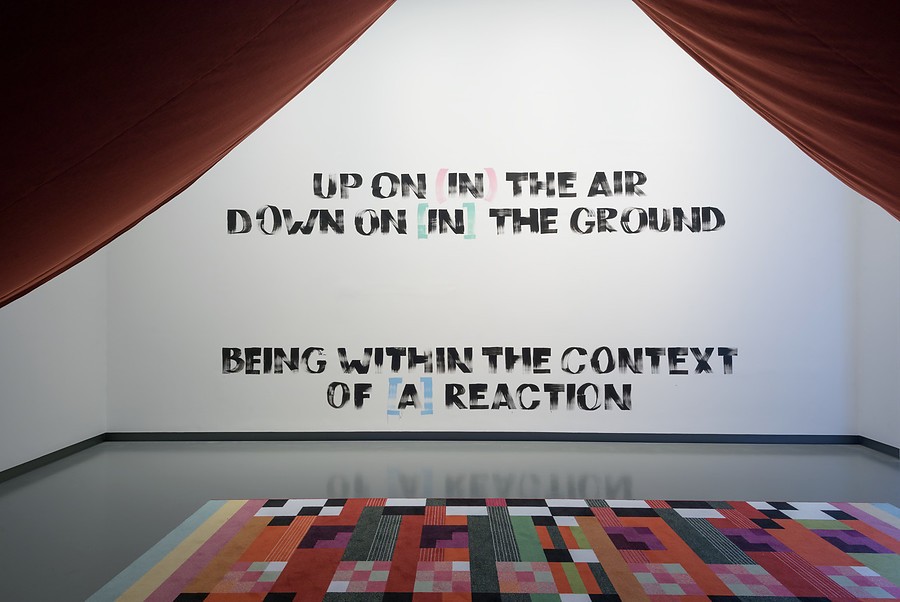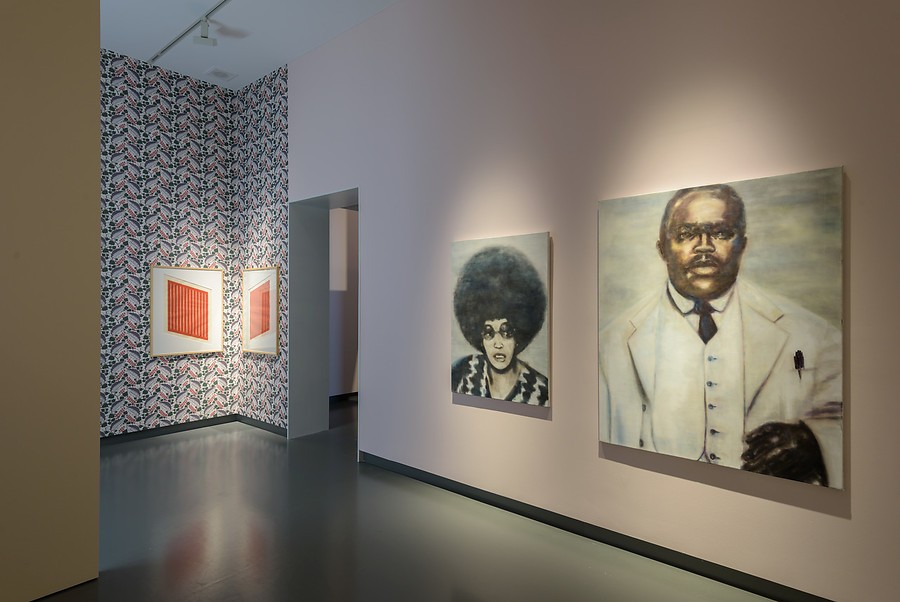The Way Beyond Art
collection Van Abbemuseum
01 Jul - 03 Jan 2017
THE WAY BEYOND ART
collection Van Abbemuseum
1 July 2017 - 3 January 2021
Curators: Christiane Berndes, Charles Esche, Steven ten Thije
Between 2017 and 2020 the Van Abbemuseum organises a series of exhibitions and projects using its own collection. In this context the exhibition The Way Beyond Art can be seen in the large hall circuit of the Collection Building from 1 July 2017. It includes post World War II works by, amongst others, Chto Delat,Corneille, Dan Flavin, Nilbar Güres, Iris Kensmil, Anselm Kiefer, John Körmeling, Taus Makhacheva, Füsun Onür, Dan Peterman, Thomas Schütte and Franz Erhard Walther.
On the basis of three fundamental topics – Land, Home and Work – works are grouped and activated in a new sequence of ‘atmosphere rooms’ for the present. The traditional model of the white cube is rejected in this special setting by Can and Asli Altay, where extended possibilities for experiencing art in space and in relation to body and mind are tested.
ART AS AN ENGINE FOR CHANGE
The works of art in the exhibition raise questions which are recognisable and important for everyone. What sort of country or society do we want to live in? What role do freedom, identity and sustainability play in our ideas about the future? In the exhibition we examine how we can use the museum and the artworks to discuss these questions with each other. The experimental design of the exhibition breaks through the traditional model of the white cube and opens up new possibilities for experiencing art in a playful way.
The title The Way Beyond Art is taken from a book published in 1947 by Alexander Dorner, the director of the museum in Hannover in the 1930s. In that book he describes how the overwhelming changes in the world are not only expressed in art and science, but actually form the basis for them. For Dorner, art is not a mirror that reflects, but an engine that encourages change.
By extension, this collection exhibition is a way of understanding and changing the world. We chose the themes Land, Home and Work because they are at the heart of our everyday lives and are important for all of us, all over the world.
collection Van Abbemuseum
1 July 2017 - 3 January 2021
Curators: Christiane Berndes, Charles Esche, Steven ten Thije
Between 2017 and 2020 the Van Abbemuseum organises a series of exhibitions and projects using its own collection. In this context the exhibition The Way Beyond Art can be seen in the large hall circuit of the Collection Building from 1 July 2017. It includes post World War II works by, amongst others, Chto Delat,Corneille, Dan Flavin, Nilbar Güres, Iris Kensmil, Anselm Kiefer, John Körmeling, Taus Makhacheva, Füsun Onür, Dan Peterman, Thomas Schütte and Franz Erhard Walther.
On the basis of three fundamental topics – Land, Home and Work – works are grouped and activated in a new sequence of ‘atmosphere rooms’ for the present. The traditional model of the white cube is rejected in this special setting by Can and Asli Altay, where extended possibilities for experiencing art in space and in relation to body and mind are tested.
ART AS AN ENGINE FOR CHANGE
The works of art in the exhibition raise questions which are recognisable and important for everyone. What sort of country or society do we want to live in? What role do freedom, identity and sustainability play in our ideas about the future? In the exhibition we examine how we can use the museum and the artworks to discuss these questions with each other. The experimental design of the exhibition breaks through the traditional model of the white cube and opens up new possibilities for experiencing art in a playful way.
The title The Way Beyond Art is taken from a book published in 1947 by Alexander Dorner, the director of the museum in Hannover in the 1930s. In that book he describes how the overwhelming changes in the world are not only expressed in art and science, but actually form the basis for them. For Dorner, art is not a mirror that reflects, but an engine that encourages change.
By extension, this collection exhibition is a way of understanding and changing the world. We chose the themes Land, Home and Work because they are at the heart of our everyday lives and are important for all of us, all over the world.




